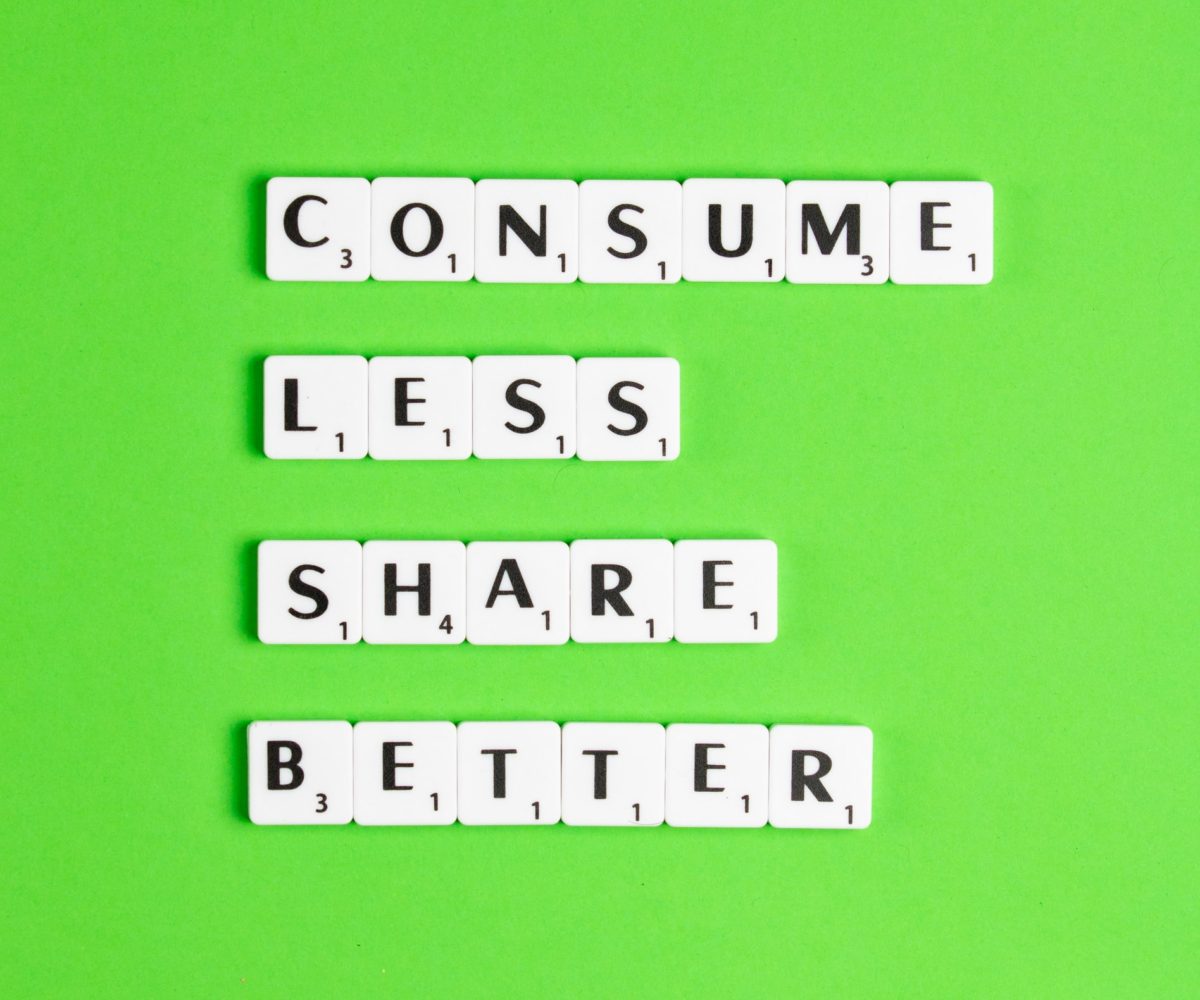
July 15, 2021
Green Cleaning: Benefits Of Eco-Friendly Cleaning For Your Home & Planet
1. What is green cleaning
2. How to make your own eco-friendly cleaners at home
3. Eco-friendly household products to use in your home
4. The benefits of using eco-friendly products
6. Tips and tricks on how to be more environmentally friendly in the kitchen
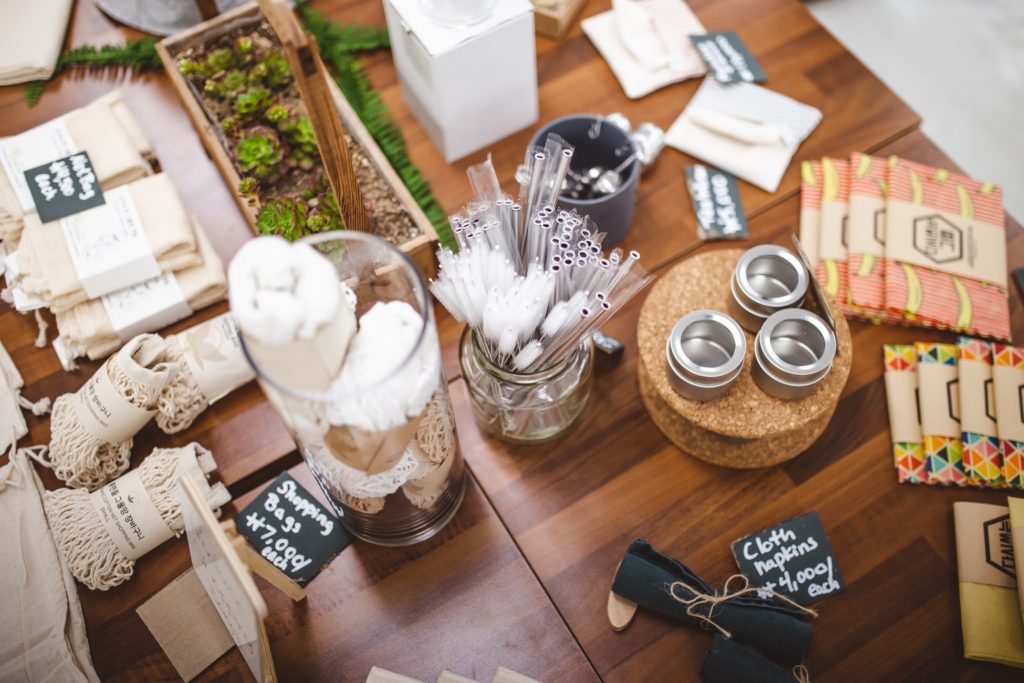
Green cleaning is a phrase that has been circulating for decades, but it’s gaining more and more popularity as people are becoming less wasteful. Green cleaners are made from natural ingredients. They are also plant-based products instead of harsh chemicals that can be harmful to you and your family.
In this blog post, we are going to discuss the benefits of green cleaning so you know what exactly goes into these products. It can be a time-consuming cleaning. But it will save you money in the long run as well as help keep your home healthy.
Many years ago, when I was just starting a cleaning business, the first thing I ever did as a green cleaner in NYC was to research. There are so many different options out there, it’s hard to know where to start! So I picked a few things that sounded interesting and tried them on my own home.
One of the best tricks is using baking soda in place of scouring powder. Just sprinkle some over your stove and let it sit for about an hour. Then wipe it off with some hot water or scrubbing bubbles.
Cleaners are often chemical-laden and not the safest. Housewives with sensitive noses beware, green cleaners may be worth a try for you! Natural ingredients like baking soda, vinegar, or lemons can make your home fresh and clean. So you shouldn’t worry about toxic chemicals on surfaces such as countertops or tables.
Some people might opt for manufactured specialty products that are environmentally friendly but don’t have any of those icky scents from conventional brands. These too will contain natural ingredients in their recipes. So there is no need to compromise if being eco-conscious matters most. Green cleaning products typically have the following characteristics:
- No artificial colors
- No artificial fragrances
- Biodegradable or recyclable packaging
- No phosphates
- No chlorine
- Organically grown ingredients using sustainable farming practices
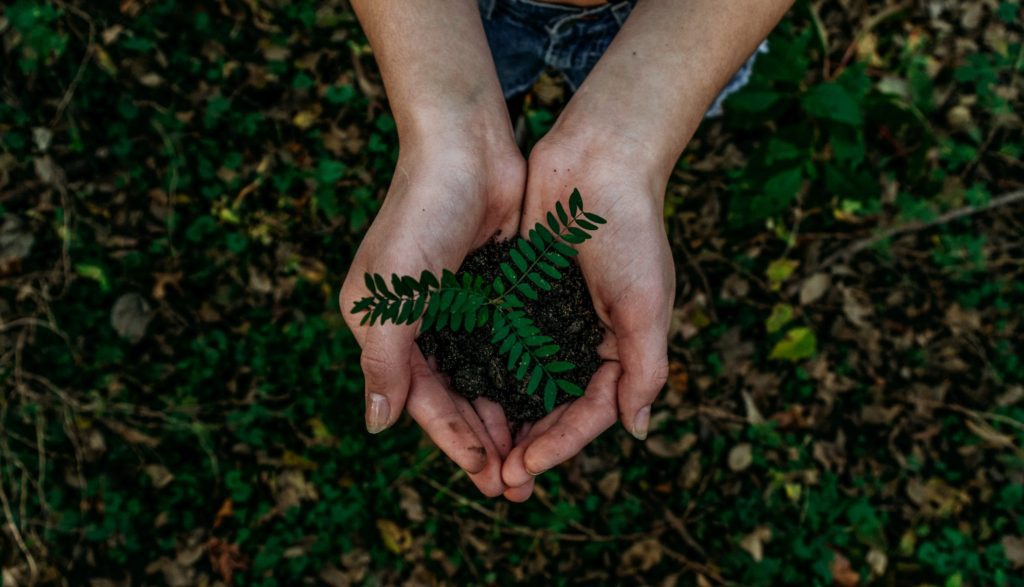
How to make your own cleaners at home for green cleaning
If you’re looking for green cleaners, here are some tips on how to clean your hardwood floors, tile and grout, windows, and appliances without using harsh chemicals.
1. For hardwood flooring: mix 1/4 cup of white vinegar with 3 cups of warm water in a spray bottle. Spray the surface of the floor evenly and then mop with a wet sponge or cloth. This is an eco-friendly way to remove dirt from your wood floors without any nasty chemicals!
2. For tile & grout: Mix 1 tablespoon baking soda into 3 tablespoons warm water in a small bowl until it forms a paste-like consistency; scrub this mixture onto tiles and grouts with either an old toothbrush or an old toothbrush
Read also: Natural Cleaning Recipes: Tricks and Tips for Sprucing Your Home without Supplies
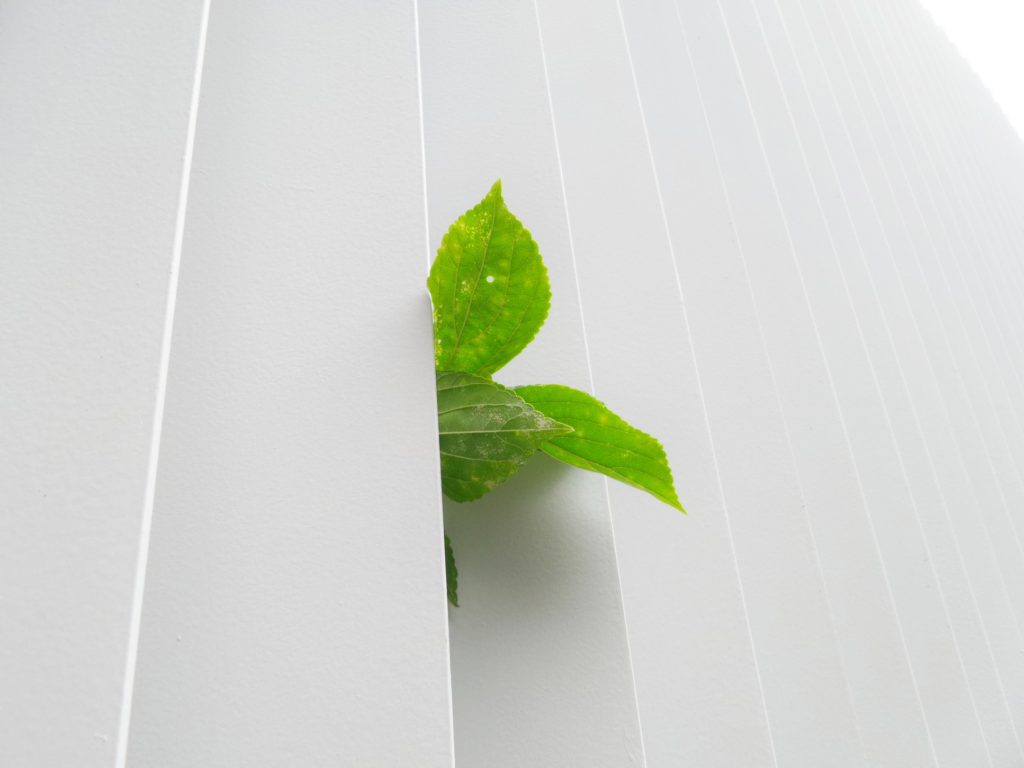
Eco-friendly household products to use in your home
In the year 2020, there is a major shift in consumerism. People are not only environmentally conscious, but they are also more health-conscious than ever before. To meet these new standards, many companies produce eco-friendly household products for people to use in their homes. Choose your favorite and use them during every cleaning.
If you want to know if a product is green, read the label. There are not that many labeling programs for cleaning products. Yet and they all have their own standards so it can be difficult at times. The United States Environmental Protection Agency’s (EPA) Design for the Environment program mandates that labels are put on products with chemicals meeting EPA criteria; these displays will always show Design For The Environment (DfE). Others may use low VOC or no VOC. However, this does not mean they’re necessarily better than DfE-labeled items depending on your needs!
There are some gray areas when it comes to comparing traditional and green cleaners:
- Despite the efforts to be green, many companies still sneak in unhealthy chemicals just under another label name. Labels with vague terms such as “environmentally friendly” and “non-toxic” are not regulated and technically misleading. This means that some products may have unsafe or toxic ingredients even if they say otherwise!
- Disinfectant is a must in this day and age, but the question of which to choose can be quite daunting. Should one stick with traditional products like bleach? Or should they explore nontraditional items such as tea tree oil-based cleaners that are made from natural ingredients?
- The EPA states that disinfectants need to kill “most” viruses and bacteria on an object or surface (including spills) by causing chemical changes within cells so their functions cannot continue. Sticking purely with what we know most certainly works may seem safe. However, there’s always something new popping up out of nowhere without warning: What if you’re not using the right thing?
- Many people are switching to “green” cleaning products due to the chemicals that they contain and concern for their health. The American Cleaning Institute is vocal about educating consumers on which chemical substances can be found in green cleaners, while other organizations have come out with a list of healthier alternatives―such as those featured by the Environmental Protection Agency’s Safer Choice program.
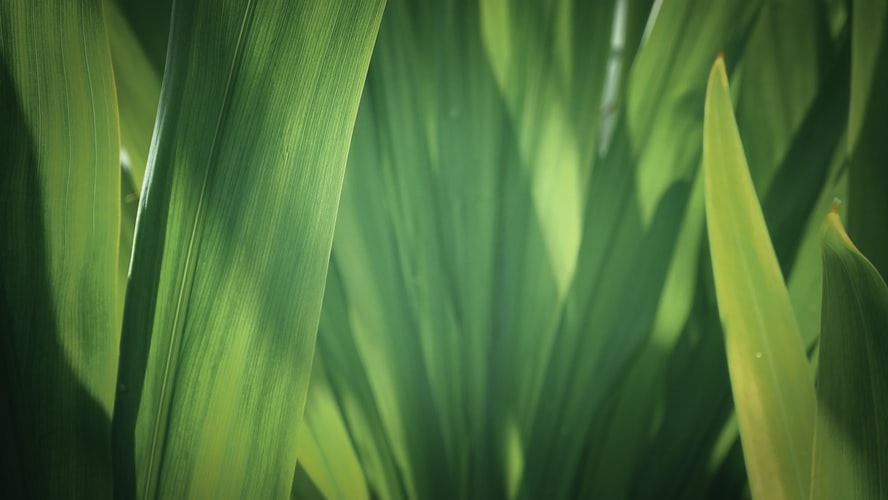
The benefits of using eco-friendly products
The benefits of using eco-friendly products are more than just a healthier environment. Eco-friendly products such as environmentally friendly cleaners, organic body care products, and natural home pest control solutions can help you to save money on your grocery bills and enjoy a cleaner, safer home without the use of harsh chemicals.
The greenwashing of our products is not something we should take lightly. When a product says that it’s “green,” in the blink of an eye, people think about how much they like to save their planet and have clean air and water for themselves or future generations.
But what does this really mean? There are many hidden impacts on both nature and human health when considering where raw materials were sourced from, how long did manufacturing process last before packaging was completed, etc.
As consumers continue increasing spending on environmentally friendly goods such as organic foods and sustainable clothing brands; there has been increased pressure by some environmentalists to ensure these companies are being truthful with labels claiming them eco-friendly while others say focusing too heavily on certain types could be detrimental.
Eco-friendly products are worth the initial investment. They last longer and offer a variety of benefits, such as:
Lower Costs – Eco-friendly products may seem expensive at first glance but many can be used multiple times which means they’re actually cheaper than conventional alternatives in the long run. In fact, eco-friendly items might save you money!
For example, washing clothes with a detergent made from plants or vegetables is an inexpensive way to clean clothing naturally without resorting to harsh chemicals that pollute waterways around your home and cost more money on utility bills each month.
Plus it’s better for our planet too. Because we don’t have to rely on harmful substances like phosphates or chlorine bleach anymore when cleaning clothes.
Green products are a great way to minimize the toll that our modern world takes on your wallet and planet. They’re sustainable, healthier for you and those around you, more quality-of-life-enhancing than ever before in human history!
This is because they make use of recycled materials that don’t require extra energy or expense just so we can have them; these new green innovations also help save costs on things like utility bills by being less demanding when it comes to electricity usage.
Tips and tricks on how to be more environmentally friendly in the kitchen
How can you go green in the kitchen? One easy way is to have an eco-friendly dishwashing routine. Here are few ways, and they start today!
- First of all, wash your dishes with water as hot as possible without harming them or having any residue left on them.
- Next up: don’t be fridge foolish by throwing out food past its expiration date;
- Buy products that come in paper rather than plastic packaging whenever possible; recycle everything (from cans to bottle tops);
- Plan ahead so you only need one trip down from home for groceries each week instead of every day–that saves gas too!
- Lastly: eat red meat less often because it takes more resources per pound than chicken or fish does.
Read also:
- Make The Switch To Green Cleaning Products
- How To Prepare Your Home For Summer Time
- Simple Steps on How to Vacuum Your Carpet
- Add a Touch Of Magic To Cleaning With White Cotton Gloves
